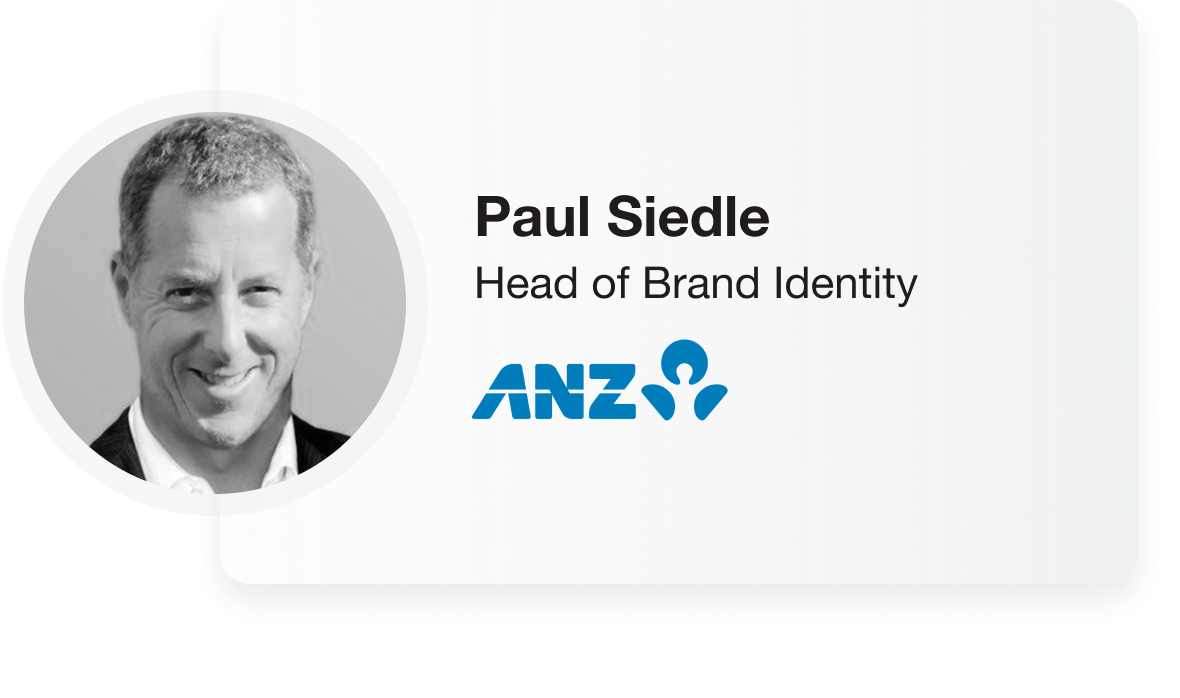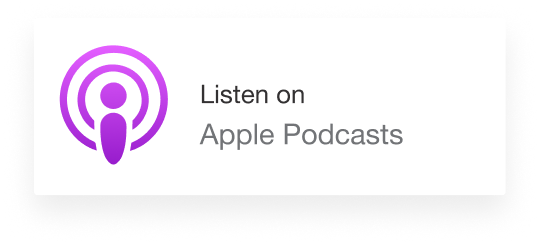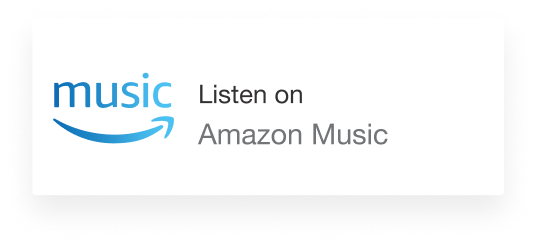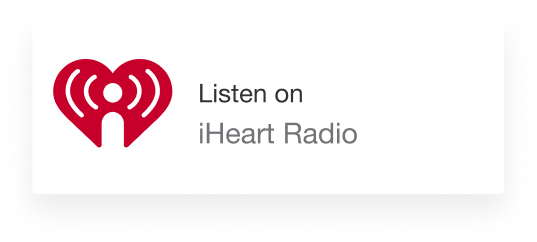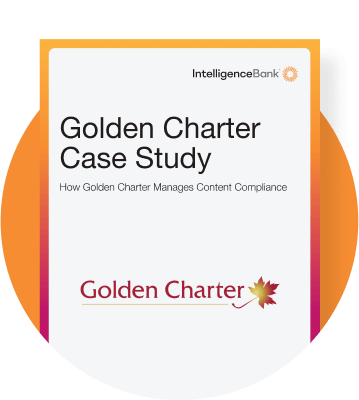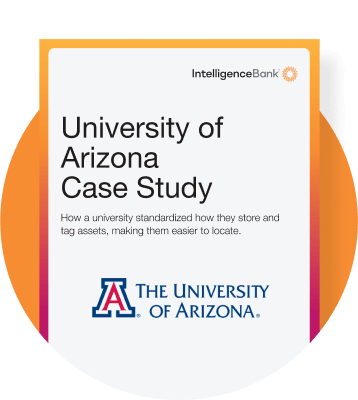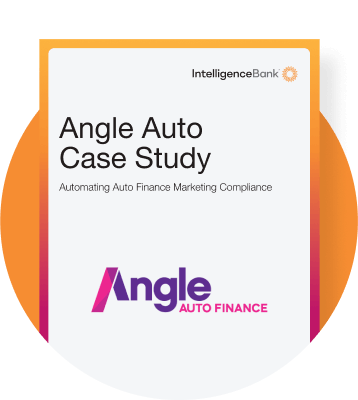Fostering a brand-centric culture.
How does one of Australia’s largest banks make the most out of their brand and brand assets? In this episode, Paul Siedle, Head of Brand Identity at ANZ, talks about their open door policy when it comes to their brand, allowing all of their 60,000+ employees to access their brand assets via their IntelligenceBank BrandHub platform, in order to “make it easy to do the right thing” when it comes to creating and using their brand assets. This conversation dives deeper into brand management as Paul explains how ANZ teaches new employees by explaining the background and goal around the “why” before getting into the “how” and “what”. This ties into the idea Paul outlines in that if you have clear principles set up around the brand, that will only help with proper brand usage, allowing them the ability to cater to a lot of different needs and have continual improvement.
Lastly, Paul talks about his own path into brand management and some suggestions to those who are interested in going down that path in their career.
Learn more about ANZ at https://www.anz.com.au/personal/
Subscribe to the Brand Intelligence podcast on your favorite platforms:
Episode Transcript
Tessa Court (00:04):
Welcome to the Brand Intelligence Podcast, the show where we pull back the curtain on some of the world’s smartest brands and marketing professionals. Today we’ll dig into how great brand marketing is the flywheel for growth, and how to manage brand compliance and governance while growing a business. I’m your co-host Tessa Court, and today we’re taking a dive into the world of financial services, branding, brand compliance, and digital transformation. Joining me today is Paul Siedle, who’s the head of brand identity at ANZ Bank. Welcome Paul.
Paul Siedle (00:30):
Hi, Tess. So lovely to be with you.
Tessa Court (00:32):
Before we dive into your story, we’d love to ask guests about their theme song and if you are walking on stage today for a keynote address, what would that song be and why?
Paul Siedle (00:41):
Well, I’m not going to go with a theme song. I’m going to let you choose a theme song, but any song by the strokes my favourite band, I will take and I’ll walk onto stage and then I’ll do my best to be something like them and not like a corporate keynote speaker,-. How does that sound?
Tessa Court (01:09):
That’s awesome. I love it. That’s great. Just for some background on ANZ Bank, ANZ operates across 30 markets, ranks consistently in the top 100 global banks for assets under management and is just a massive, massive organisation. So we’re really happy to have Paul here to talk about managing a global brand and when I first moved to Australia, I think I made the biggest brand faux prop because I used to call it AN Z, not AN ZED. So I don’t know if others do that, Paul, but I felt like an idiot after a while once I got the Zs. Yeah,
Paul Siedle (01:41):
We’re very happy to adapt to whatever market or situation it is.
Tessa Court (01:45):
Yeah, very good. So I mean, I think what’s really great about ANZ and the brand is that consistently you’re able to distil your messages really clearly around really simple things that everybody wants when they’re working with the bank, whether it had to save and buy a home or start and buy a business and then move goods and capital around sustainably. And I just really love how you guys take a super complex offering and distil it down into three pillars, which is on your website, and I think that’s awesome how you’ve done that. And I guess addition to this, Paul, we’ve known each other for a long time and you actually, before you guys became a customer, you actually gave us a lot of good insights in terms of brand portals and what they should be doing and it’s been great collaborating with you and your team, so we’re really excited to talk to you a little bit more. So Paul, could you tell us a little bit about your role at ANZ and what you do every day and what motivates you and what gets you excited about the brand there? Yeah,
Paul Siedle (02:39):
Certainly. Thanks. It’s a small team and REMA is global and we look after the brand portfolio at a very general level and then hand the responsibility over to the divisions. There are five or six divisions within ANZ who are in different geographies or different statements and they’re empowered with the execution. So our job is to make sure that they understand the strategy, that they know what the requirements are from a brand guideline point of view, and that we’ve provided them with the resources to be able to execute their campaigns at a general brand level. From there, we try to remove as much red tape as possible and try to be as flexible as possible for local market needs and for segment needs. As I indicated to you before, if somebody wants to call it ANZ and they’re coming from the states, sure, let’s adapt and adopt.
Tessa Court (03:28):
We’ll take it, we’ll take it. That’s awesome. And just a little bit about your logo. So I really love the stories behind logos and when I was developing the Intelligence Bank logo, it was all about we have a sun in our logo and it was about enlightenment and it was about, I guess endless possibility and that’s what we were trying to convey. And I’d love to hear what the ANZ logo stands for. I mean whenever I look at it, I see a person, I see a person really clearly, but I’d love to hear I guess the brand story about the ANZ logo as well.
Paul Siedle (04:00):
Sure. Well, let me take you back to 2009 and why we developed it in the first place. For decades before that, we really just used the letters ANZ, but in 2009 we acquired some pretty big retail banking operations in Asia and at that point we also set about a global rebrand and decided that we better add a symbol to the knit ANZ for a couple of reasons. I think the symbol can take you into a more modern place once you get it very well established. And you look at Nike with their swoosh and Maccas with their golden arches, we’re nowhere near at those levels at the moment, but everybody, all brands have an ambition to get down to something very recognisable like that. But from a more practical view in Asia where perhaps some countries don’t have English as a first language, having a symbol that’s more readily identified seemed to be a good idea to us.
(04:55):
And we’ve gone forth with that symbol, the lotus as we call it, since then, I could tell a quite big backstory about its various elements, but the objective really was to get something that was quite soft and humanistic to standing contrast to maybe some of our competitors with their more traditional coats of arms and the sharper or formal looking logos or symbols that they carry, you spotted the human being in the middle, which is sort of in the negative space. Interestingly, a lot of people don’t until it’s pointed out to them and then they come and believe that they didn’t see it.
Tessa Court (05:26):
Now I’m going to see a lotus, I’m going to see a lotus flower now every time I look at it, that’s fine, always see a person.
Paul Siedle (05:31):
And the lotus flower obviously has some cultural significance around wellbeing and growth. And then if you want to break it down very, very literally, there are three elements which represent our main areas of operation Australia and New Zealand and then over and above at Asia Pacific. So there’s your barbecue story, there’s a little bit of design, but bringing it all together, it’s the blue Lotus, it’s what people would recognise ANZ.
Listen to the full episode to see even more great conversation between Paul Siedle and Tessa Court…
